This tiny round smartphone might be the oddest mobile device we've ever seen
Monohm refers to the Runcible as an “anti-smartphone,” and that tag starts to make sense as soon as you look at the device. Instead of taking the usual rectangular shape, the Runcible is a complete circle. The company says it’s modeled after traditional pocket watches.

The Runcible still has phone things, though. There’s a rounded 2.5-inch display on its front, a camera on its back, and a host of chips and radios on its inside. You can use it to make calls, provided you pair it with a Bluetooth headset.
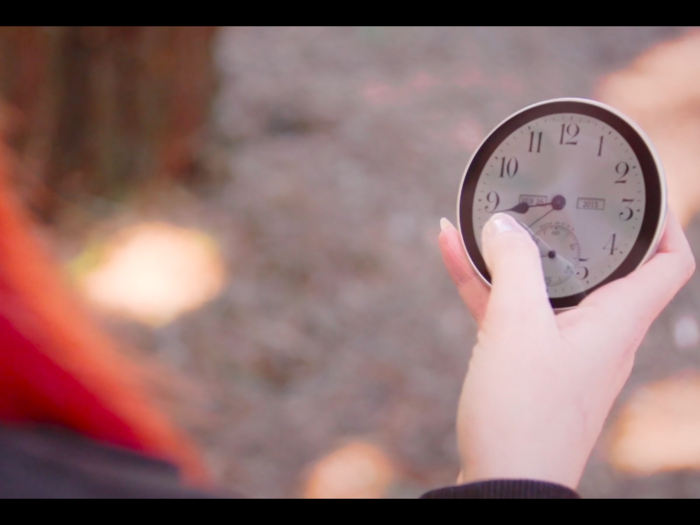
By today’s standards, those specs are pretty dated...
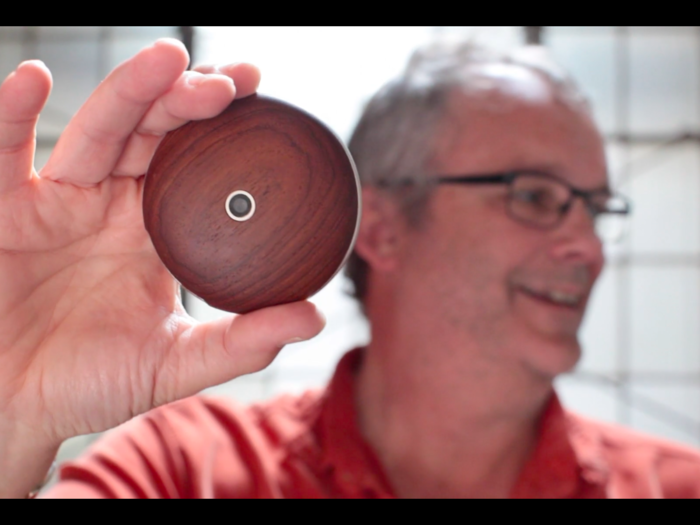
If you want to get technical, the Runcible runs on a 1.2GHz Snapdragon 410 chip and 1GB of RAM. That display has a 640x640 resolution, and that camera is a 7-megapixel unit. There’s no support for faster 802.11ac WiFi, and its one USB port uses the old 2.0 standard.
In English: It’s far from a powerhouse.
...but that’s kind of the point.
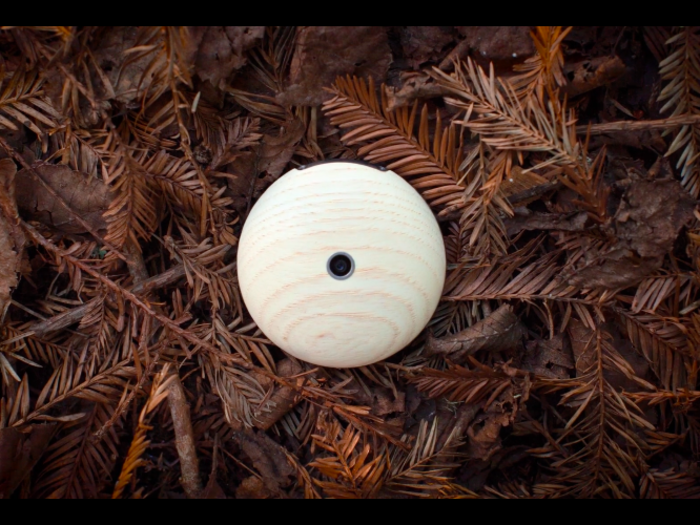
Monohm CEO and co-founder Aubrey Anderson says Runcible is “made specifically to avoid pulling you out of the real world, especially if you’re there enjoying it.”
Questions of whether or not people can still enjoy “the real world” with a smartphone aside, this puts the device in perspective. It’s meant to be there when you need it, and nothing more.
The Runcible runs on a custom version of Android 5.1 called BuniOS.
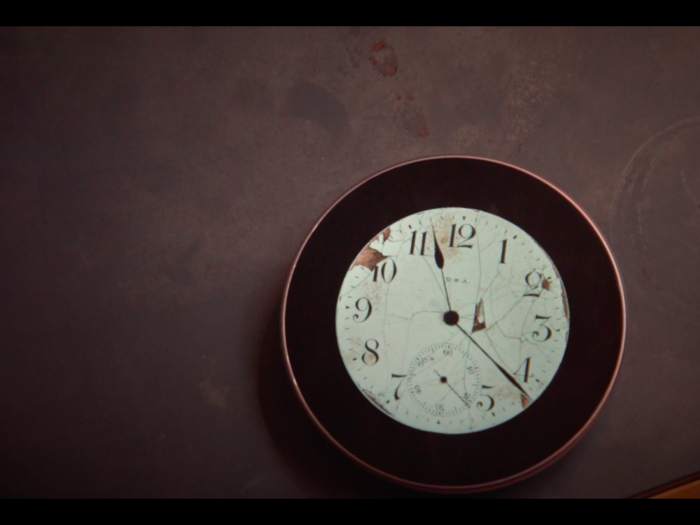
That’s a little ways behind the current Android 6.0 Marshmallow, but still more relevant than the now-deceased Firefox OS, which Monohm planned to use when it first unveiled the Runcible last year.
What’s important to note here is there’s no Google Play store onboard. Given that most Android apps aren’t tailored to round screens, this makes sense. If you need to check your Twitter feed, though, you can still do so through the web.
As a recent report from The Verge notes, the Runcible will still have native programs for essential things like maps or the clock, but some of those will be presented differently. The maps app, for instance, will present you with “more scenic” routes to your destination.
That software is open source, which gets at another differentiator here: Monohm wants you to be able to upgrade the device’s hardware and software on your own.
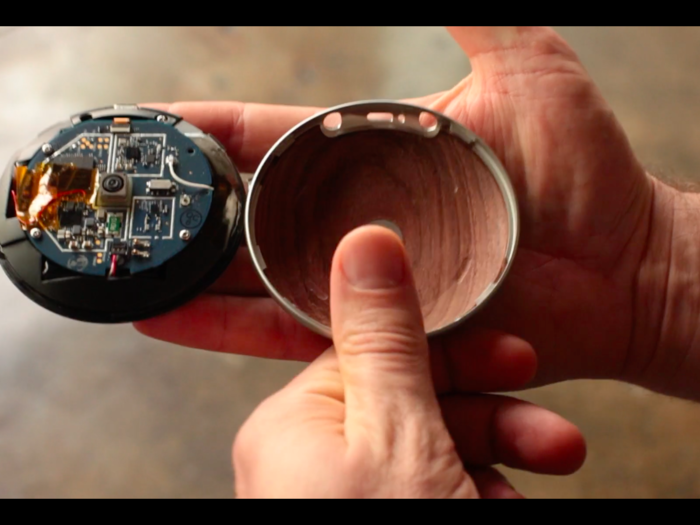
It’s modular, in other words. The idea is that, instead of having to buy a new Runcible every two years, you buy one, and, if you’re a tinkerer, you can repair or change it as you see fit.
Part of that is being able to snap on a variety of wooden covers. Monohm’s emphasizing the fact that each Runcible will be built in the Bay Area, and that it’s sourcing those wood backs from local suppliers.
Perhaps the starkest difference between the Runcible and traditional phones, though, is that it will not create any sort of notifications by default.
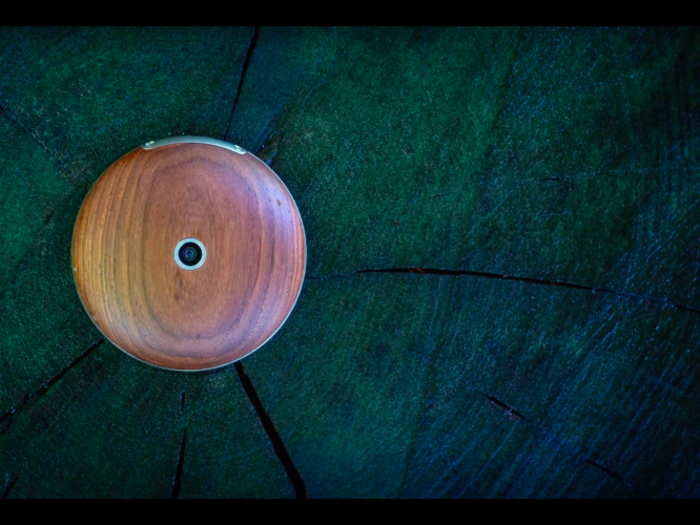
“Our goal isn't to replace the traditional smartphone so much as move past it and provide an alternate state of connectivity,” Anderson writes on the device’s Indiegogo page. “When you have your smartphone with you, it means you're in a certain state of availability to the world. But do you always want or need to be that available?”
The Runcible costs $399 for a plastic-backed “Babbage” model, or $499 for a wooden “Lovelace” version. Monohm says the device will ship in September.
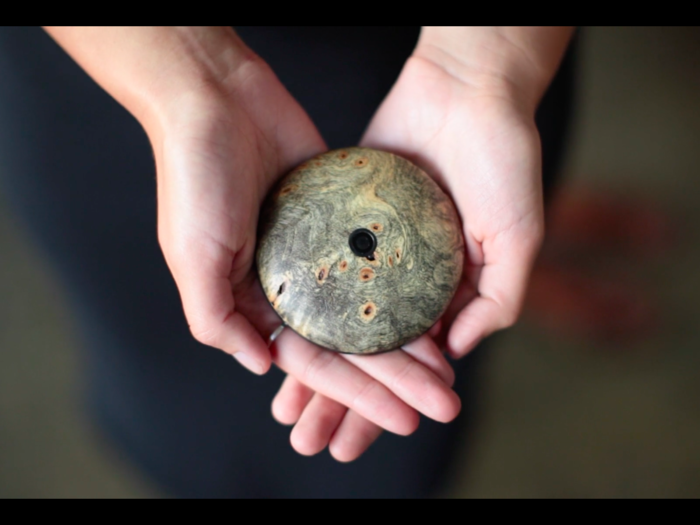
At this point, it’s clear that the Runcible isn’t a totally finished product. The company itself notes that this version of the device “isn’t yet the polished, ‘available at Best Buy’ kind of consumer electronic we know it will one day be,” and the whole thing doesn’t support 4G LTE connectivity just yet. Instead, Monohm is using this campaign to better understand all the little things it’ll have to do to eventually make this a more fully-realized device.
Still, the Runcible is intriguing, as much a question as it is a physical thing. It’s taking a realistic approach to our collective smartphone dependence — i.e., we’re too far gone — and offering a (seemingly) functional, fashionable alternative to lessen the blow. Whether or not anyone thinks it’s worth paying $400 to use their phone less often, though, remains to be seen.
Popular Right Now
Advertisement